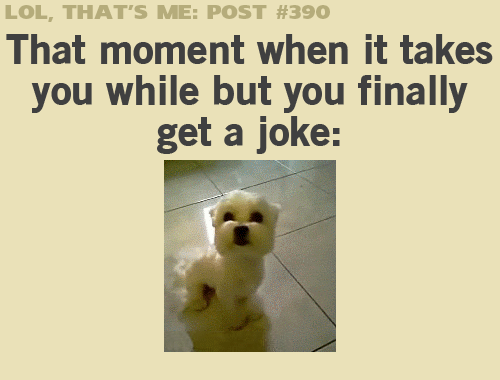CJ, here it is, have fun !
I said I'd post the Pm I sent you if I could get it.
Getting upset after a miss.
This might help,
A miss is just a result, focus in on what may have created the unintended result right after you miss, e.g., jumping up, didn't keep focus on object ball contact point, rushed your stroke, or whatever may have resulted in you missing.
Do this right after the shot, while what you just did is the freshest in your mind, if you wait to do this until after you have given yourself permission to get all upset, then it's to late.
There is a two fold purpose in doing this:
1) By focusing in on what error you made, you can start to remove that from your game, and as this becomes a habit, you learn something every time you miss.
2) Buy (consciously) focusing in on what caused the miss right after the shot you won't be able to allow yourself to be upset, because your conscious mind can only do one thing at a time and it is already occupied.
If you continually do this (get real upset when you miss) and this becomes a habit it can be a real problem.
Your subconscious will start to think that this "getting upset" is the main goal, and will try to help you achieve this by helping you to miss, thus allowing you to get upset, once again, thinking it's helping. Thus it becomes sort of a self-fulfilling prophecy.
The opposite of this, in this instance is to find out what went wrong and focus on how to correct it. Your subconscious will help you there also, as it is the part of your brain that is also responsible duplication of movement.
So once your conscious mind has a clear grasp on what you want to do it feeds that info to your subconscious and it will duplicate the learned motion, if left to it's self.
So what do I mean by "if left to itself" ?
I mean there is also a two fold purpose in focusing on the contact point on the object ball.
1) If you focus on the contact point on the object ball you will not only most likely make the shot.
2) But also, by focusing on the contact point which is done with your conscious mind, you are distracting it (your conscious mind) from interfering with your subconscious mind which will duplicate a learned movement "if left to it’s self."
This is why you never want to say to yourself this is a hard shot, because by doing so you are almost inviting the conscious mind to want to jump in and try to help and this will ultimately have a bad outcome, as the conscious mind does not know how to duplicate movement and will only interfere.
The above has basically been about what to do after a shot, the material below should help with what to do, before a shot. Though this way of thinking will also help after analyzing what went wrong with a shot, by telling yourself what you want to do next time in a positive manner. To some this seems like a minor thing, although that is far from the truth.
This is called “self talk” and all this means is how you talk to yourself.
Always tell yourself what you want to do in a positive manner, as this creates a positive message, e.g., positive results.
Here is an example:
Let’s say you have a long cut shot into the upper left hand corner. The cue ball is below the foot spot (rack spot) buy about a diamond, and the object ball is about a diamond toward the head string (break end) from the exact center of the table and a half diamond to the left of center looking at the table from the foot end of the table.
Let’s say you shot, just about this same shot four games ago in the match, and missed it into the long or top rail (looking at the table from the foot end again).
Now almost the same exact shot has come up again for you, many players will say:
"well I don’t want to hit it into the top rail again”
Never tell yourself what you don’t want to do, as this is a negative statement, e.g., negative results.
Your subconscious does not understand negatives, thus when one says the phrase above, “well I don’t want to hit it into the top rail again” what your mind is hearing is
“well I do want to hit it into the top rail”, and that is exactly why you’ll see, not only yourself possibly, but you’ll see others repeat the same exact mistakes over and over again.
Buy saying what you don’t want to do you are essentially laying a road map to do, exactly what you don’t want to do.
Look at each shot equally as just a challenge, that way you won't over emphasize the hardness, or under emphasize the respect even the easiest looking shot should be given.
They say most of the big runs in Straight pool are ended by missing what would appear to be a simple shot. Remember there are no hard shots, there are no easy shots, just challenges, each to be given equal focus and attention. This is the best way to view the table.
Hope this helps you.


